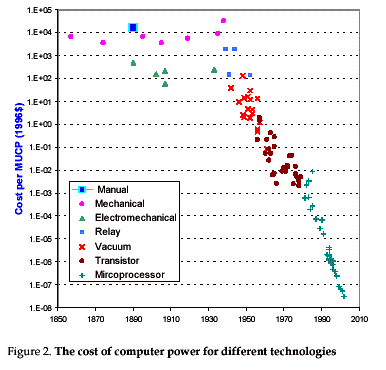Public Good (n.)
Goods that are nonexcludable and nonrival.
Example: Meteor showers are a public good.
Good (n.)
Another word for commodity.
Example: A cheeseburger is a good.
Nonexcludable (adj.)
Impossible to fence in.
Example: air polution is nonexcludable
Nonrival (adj.)
Valuable independent of who is using them.
Example: Good manners are nonrival.
Club Good (n.)
A good that is public for members of the club
is otherwise private. This usually requires
some kind of fence around this semi-public good.
Example: A the recreational facilities of gated
community.
The classic example of a public good was the Lighthouse. One ship’s use
of the lighthouse takes nothing from another’s. It is not practical
to selectively provide/deny access to the lighthouse signal.
A more modern example is the GPS, or Global Positioning System. No
one is excluded from using it, nobody’s usage degrade’s it’s quality for
another user.
Truth be told; there are few pure public goods.
Typically there is some club good action going on. The club will deny
access past the lighthouse door except to lighthouse members to avoid
the risk of teenagers or pirates hacking the lighthouse signal. The
defense department can encrypt the GPS signals and shutter the lighthouse
in desperate times.
I have a friend who – a member of a ‘change ringing’ society – who
tells me there are churches in England where the bell ringers have
the only keys to the church tower.
The puzzle when engineering public/club goods is how to design
the tower door.
Joel Mokyr has written a book that sounds very interesting after
reading
Virginia Postel’s review. It would appear that his argument
is that in the 17th and 18th somebody lost the keys to the
ivory tower. Knowledge discovered on the street, in the field,
and the workshop started flowing both horizontally and into the
elite ivory tower and back. From this emerged the last two
centuries of industrial revolution.
Open Source (n.)
A kind of source code, software or knowledge that is managed as
a limited club good with the goal of maximizing the natural public
good nature all information goods.

